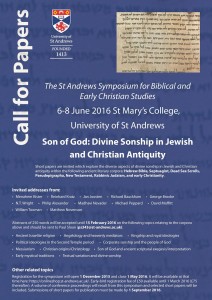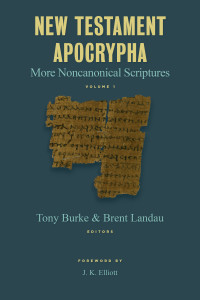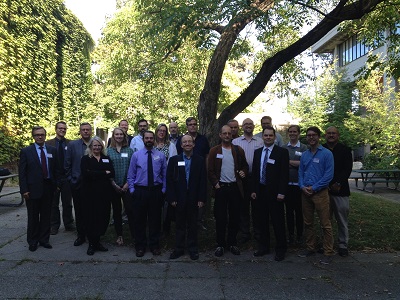Syriac Infancy Gospel of Thomas: Edition in Progress (Part 3)
Between 2012 and 2014 I picked away at the edition while working on other projects. Brent Landau and I had begun the More New Testament Apocrypha project (a series of volumes collecting neglected Christian Apocrypha in new translations) and that took a considerable amount of time to co-ordinate. But I contributed a translation of the Syriac Infancy Thomas to the first volume and this translation integrated for the first time all previously-published manuscripts on the text, including provisional work on the three editions (Sa, Sw, and Sw) I was compiling for the Gorgias volume. We included Syriac Infancy Thomas in the MNTA project because this branch of the tradition, universally believed to be important for establishing the text’s original form, had not appeared in previous Christian Apocrypha collections—typically these compendia contain Greek A, sometimes with Greek B and a portion of the late Latin text.
The MNTA vol. 1 manuscript went to the publisher’s in January 2015, thus allowing me finally to devote most of my energy to the edition. In May and June I compiled a glossary for the three translations, thus ensuring that the texts were translated consistently. It was a very time-consuming project, but very valuable and, of course, will be included in the finished volume.
I took a new look also at the Hill Museum and Manuscript Library, thinking perhaps that other manuscripts of the text had become available. Those of us who do text-critical work on apocryphal texts know that catalogers can be somewhat …



